How to Identify Edible Wild Mushrooms: A Beginner’s Guide
- April 8, 2024
- 1 comment
Foraging for wild mushrooms can be an enriching experience, connecting nature enthusiasts with the environment and offering culinary delights. However, the world of wild fungi is fraught with risks, as it’s populated with both edible and poisonous species.
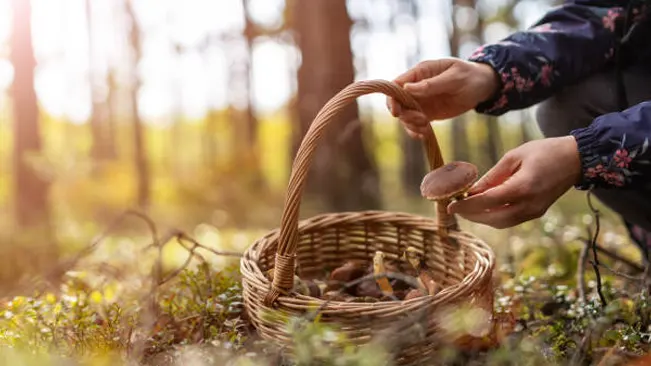
Embarking on a journey through diverse habitats, it equips you with the skills to discern between the delectable and the dangerous, unraveling the secrets of the forest floor. The guide emphasizes safety and sustainability, ensuring that your foraging adventures not only bring culinary delights but also foster a deeper connection with the natural world around you.
List on How to Identify Edible Wild Mushrooms:
- Understanding Mushroom Basics
- Observation of Mushroom Characteristics
- Prioritizing Safety
- Mushroom Identification Tips
Understanding Mushroom Basics
Before embarking on a mushroom hunt, it’s vital to understand the basics of mushroom anatomy and growth. Mushrooms are the fruiting bodies of fungi, emerging from an intricate web of mycelium. They grow in various habitats, each species with specific environmental preferences. Learning about cap shapes, gill structures, stem characteristics, and spore colors is foundational in mushroom identification.
Fundamental Aspects of Mushroom Anatomy and Growth
Mushroom Anatomy:
- Cap: The top part of the mushroom, varying in shape, size, color, and texture. Important for identification.
- Gills/Teeth/Pores: Located underneath the cap. Gills are thin, paper-like structures; some mushrooms have pores or teeth instead.
- Stem (Stipe): The supporting structure of the mushroom, varying in length, thickness, and color.
- Spore Color: The color of a mushroom’s spores, determined through a spore print, is a critical identifier.
- Ring (Annulus): A skirt-like structure around the stem in some species.
- Bulb/Volva: A bulbous or sack-like base found in some mushrooms, crucial for differentiating certain species.
Mushroom Growth:
- Mycelium: The vegetative part of the fungus, akin to roots. Mushrooms are the fruiting bodies that emerge from this network.
Structure and Role: Mycelium is a network of thread-like structures called hyphae. This extensive, root-like system spreads underground or within its food source, such as wood.
Nutrient Absorption: The mycelium absorbs nutrients from the environment, acting as the primary growth phase of the fungus. It can live for years, often unseen, before producing mushrooms. - Fruiting: Triggered by environmental conditions like humidity, temperature, and sometimes light.
Environmental Triggers: The transition from mycelial growth to mushroom formation, known as fruiting, is prompted by specific environmental cues. Common triggers include a change in temperature, humidity, oxygen levels, and, for some species, light exposure.
Why Fruiting Occurs: Fruiting is the fungus’s way of reproducing. The mushrooms produce spores, which are like seeds, that disperse to form new mycelial colonies. It’s a survival mechanism to ensure the species continues.
Habitats and Environmental Preferences:
- Soil Type: Some mushrooms prefer rich, moist soil, while others grow in sandy or poor soil conditions.
- Tree Associations: Many mushrooms have symbiotic relationships with specific types of trees.
- Climate and Season: Mushrooms have preferred climates and seasons; some are found in summer or fall, while others in spring.
Observation of Mushroom Characteristics
This emphasizes the importance of detailed examination of the mushroom’s physical attributes, coupled with a strong focus on safety precautions.
1. Cap Inspection
Every mushroom species has unique features. Pay close attention to cap shape, color, texture, size, and the presence of distinctive features like warts or scales.

When foraging for mushrooms, it is advisable to avoid those with any red coloration on their caps or stems, as this can be a natural warning sign of toxicity. Opt instead for mushrooms displaying caps and stems in shades of white, tan, or brown, which are often safer choices. Many mushrooms bearing red hues are known to be poisonous, using their vivid color as a deterrent to potential predators, including humans.”
2. Gill Examination
The structure beneath the cap, whether it’s gills, pores, or teeth, can provide significant clues. Note their color, attachment to the stem, and spacing.
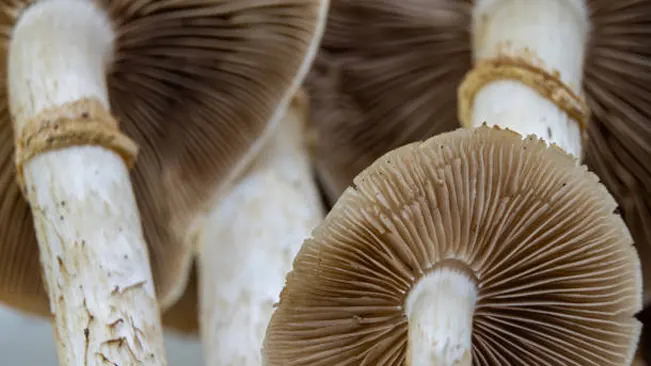
Opt for mushrooms that have brown or tan gills, steering clear of those with white gills. While certain edible mushrooms do feature white gills, it’s crucial to exercise caution: the Amanita family, which includes some of the most lethal mushrooms, is characterized predominantly by their white gills. This careful selection can significantly reduce the risk of encountering dangerously poisonous varieties.
3. Stem Characteristics
Inspect the stem for its length, thickness, and any rings or bulges. Some species may have a volva, a bag-like structure at the base.
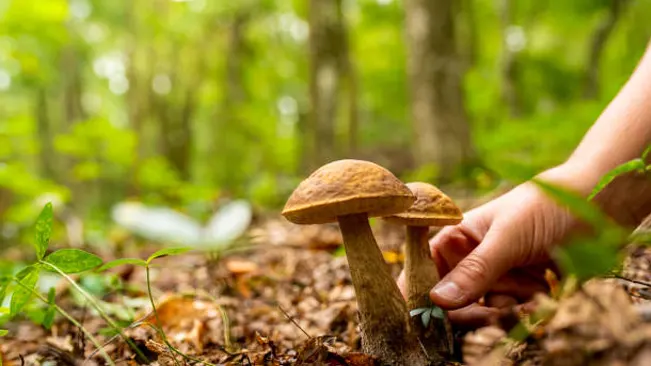
Select mushrooms with sturdy, well-formed stems, avoiding those with bulbous or sack-like bases, as these are often indicative of the toxic Amanita species. Look for stems that are consistent in texture and color with the cap, noting any rings or scales, which can be key identifying features.
While many edible varieties have uniform and solid stems, it’s important to remain vigilant; the deadliest mushrooms can sometimes mimic benign characteristics. This mindful approach in examining stem attributes plays a crucial role in differentiating between safe and hazardous types, thereby greatly minimizing the risk of encountering harmful mushrooms.
4. Spore Print
One of the most definitive identification methods is taking a spore print, which involves removing the mushroom cap and placing it on a piece of paper to leave a color imprint.
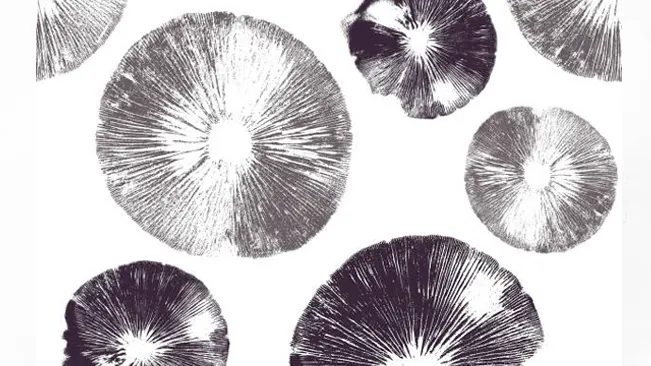
Prioritize obtaining spore prints from mushrooms, as the spore color provides a vital clue for identification; many edible mushrooms have dark spore prints, while several poisonous varieties, including some in the Amanita family, produce white or light-colored prints.
This straightforward technique can be essential in distinguishing safe to eat mushrooms from potentially dangerous ones, thereby significantly reducing the risk of accidental poisoning.”
5. Habitat Observation
The growing environment – whether it’s on wood, grass, or near specific trees – can be a vital identification element.
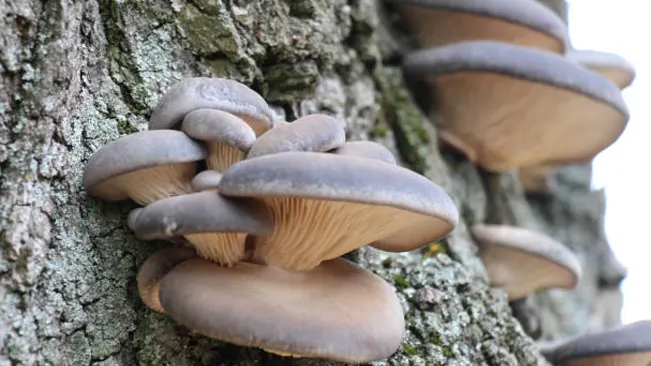
Pay close attention to the habitat where mushrooms are found, as many edible species have specific growing environments, such as on certain types of trees or in particular soil conditions. This keen observation can help differentiate between safe and potentially toxic mushrooms, since many dangerous varieties, including some in the notorious Amanita family, favor distinct habitats, thereby aiding in safer foraging decisions.”
Prioritizing Safety
It’s essential to approach mushroom identification with a thorough and cautious methodology, never consuming any mushroom unless its identity and edibility are confirmed beyond doubt. accurate identification is crucial as the consequences of consuming a misidentified mushroom can be severe, ranging from mild discomfort to potentially life-threatening poisoning.
Never Guess
If there’s any uncertainty about a mushroom’s identity, do not consume it. The risks associated with misidentification can be severe.
Consuming a mushroom you’re unsure about can lead to grave health risks, as many edible varieties have nearly identical poisonous counterparts. This underscores the importance of absolute certainty in identification, as even a small error can result in serious, sometimes life-threatening, consequences.
Carry Two Separate Baskets
One for mushrooms you confidently identify as edible, and another for those whose edibility is uncertain. While handling poisonous mushrooms poses no health risk, consuming them does, so any mushrooms you’re unsure about should be reviewed by an expert.
Keep in mind that edible mushrooms don’t have a specific habitat; they can grow in various locations like on trees, fallen logs, the forest floor, or in mossy areas. Also, wearing gloves isn’t necessary for foraging, but ensure you handle mushrooms with clean hands for safety.
Start with Easily Recognizable Species
This approach centers on identifying and harvesting mushrooms that have unique and distinctive features, which are less likely to be confused with toxic or poisonous varieties.
Characteristics of Easily Recognizable Species:
These mushrooms typically have unique shapes, colors, or other distinctive features that set them apart from others. For example, morels have a distinctive honeycomb-like cap, and chanterelles are known for their bright yellow color and trumpet shape.
Examples of Beginner-Friendly Mushrooms:
- Morels (Morchella spp.): Recognizable by their pitted, spongy caps.
- Chanterelles (Cantharellus spp.): Noted for their bright yellow color and fleshy, funnel-shaped bodies.
- Giant Puffballs (Calvatia gigantea): Large, white, and spherical, they are hard to confuse with other species.
- Chicken of the Woods (Laetiporus spp.): Known for their bright orange to yellow color and shelf-like growth on trees.
Even when starting with easily recognizable species, it’s important for beginners to continue learning and not become complacent. Mushroom foraging requires ongoing education and caution.
Mushroom Identification Tips
Strategies and insights for accurately identifying various mushroom species, crucial for both the safety and enjoyment.
Learn from Experts:
- Joining local foraging groups or workshops led by experienced mycologists is invaluable. These experts can provide hands-on, practical knowledge and real-life examples that are often not available in books or online.
- Participating in guided foraging excursions offers the opportunity to learn identification in various natural habitats.
Use Reliable Guides:
- Utilize reputable mushroom identification books specific to your region. These guides often provide detailed descriptions and high-quality photographs, making it easier to compare and contrast different species.
- Online resources, including websites and forums dedicated to mycology, can also be useful. However, ensure the information comes from credible sources and consider cross-referencing multiple resources for accuracy.
Photographic Documentation:
- Take clear, well-lit photographs of the mushrooms in their natural environment, capturing various angles and features.
- These photos can be used for later reference or to seek identification help from online communities or experts.
Record Keeping:
- Keep a journal of your foraging findings. Record details like the date, location, environmental conditions, and nearby plant life.
- This practice helps in understanding seasonal patterns and can enhance your learning process.
Mushroom identification is a skill that develops over time and with experience. By engaging with expert knowledge, using reliable resources, meticulously observing characteristics, and practicing safety, both novice and experienced foragers can deepen their understanding and appreciation of the diverse and fascinating world of mushrooms.
Related Articles:
Conclusion
Identifying edible wild mushrooms as a beginner hinges on cautious learning and respect for nature’s complexities. It’s crucial to start with easily recognizable species, make thorough observations of various mushroom characteristics, and always prioritize safety by avoiding any mushroom that isn’t positively identified. Engaging with expert mycologists, utilizing field guides, and joining local mycological societies can greatly enhance this learning process. Above all, the guiding principle in mushroom foraging should always be cautious exploration, as understanding and respect for the intricacies of wild fungi are essential for a safe and enjoyable foraging experience.
Frequently Asked Questions (FAQs)
- How do I start identifying edible mushrooms?
Begin by learning about easily recognizable and common edible species in your area, using reliable field guides and consulting with local experts. - Can I use a mobile app for mushroom identification?
While apps can be helpful, they should not be the sole resource for identification. Always cross-reference with other reliable sources. - Are there foolproof rules for identifying poisonous mushrooms?
No, there are no foolproof rules as many poisonous mushrooms closely resemble edible ones. Accurate identification is key. - What’s the safest way to learn mushroom foraging?
The safest approach is to join a local mycological society, participate in guided forays, and learn from experienced foragers. - Can mushrooms be eaten raw?
Some edible mushrooms can be toxic if eaten raw. It’s generally safer to cook wild mushrooms before consumption. - Is it safe to touch all wild mushrooms?
While touching mushrooms is generally safe, always wash your hands afterwards and avoid touching your face or mouth. - How important is a spore print in mushroom identification?
Spore prints are crucial for identification as they provide information about spore color, which helps distinguish between species. - What should I do if I’m unsure about a mushroom’s edibility?
If unsure, do not consume the mushroom. Safety should always be your priority. - Can weather affect mushroom identification?
Yes, weather conditions can change a mushroom’s appearance. It’s important to understand how these changes can affect identification. - How can habitat help in identifying mushrooms?
Many mushrooms have specific habitat preferences. Identifying where a mushroom grows can provide clues about its species.

Charles Hayes
Forestry AuthorI'm Charles Hayes, I bring over 15 years of specialized expertise in landscaping and woodworking, blending artistic design with sustainable environmental stewardship. My career, fueled by a profound passion for the natural world, encompasses extensive education and hands-on experience in creating harmonious, eco-friendly outdoor spaces and responsibly managing forest resources. Recognized for my professional standing, I am committed to continuous learning and certification in cutting-edge practices. My expertise is not only reflected in my work but also in my contributions to community projects, educational workshops, and collaborations with industry leaders. As an authoritative voice in my field, I strive to share knowledge and promote environmentally conscious approaches, making me a trusted resource in landscaping and forestry.


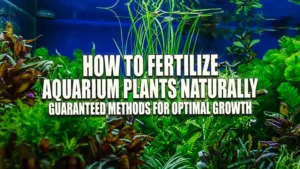
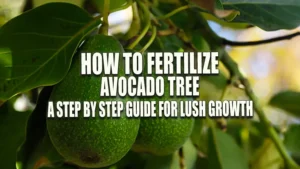
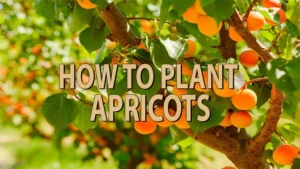
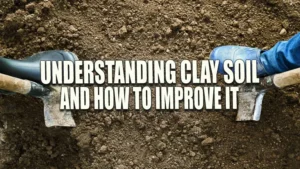
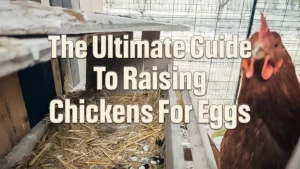





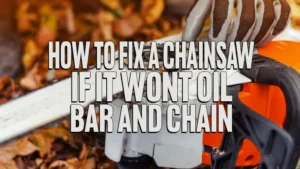
कच्चाखाने वाले मशरूम का स्वाद बताओ
Asho kumar pandey
July 8, 2024 2:44 pm